
Non-profit Sabbatical
staffer with 20+ years at arts for learning indiana is first to take advantage of newly established sabbatical
Editor’s Note: The following is a personal account written by Ploi Pagdalian, Senior Director of Programs at Arts for Learning Indiana. Arts for Learning Indiana, a small non-profit organization, is one of the first, and maybe only, non-profits in the state of Indiana to establish a policy in which long-time staff can take a paid, extended time away from the office for renewal. The small, eight-person staff unanimously approved the policy knowing they would need to absorb the additional workload to cover an absence over the time of the sabbatical.
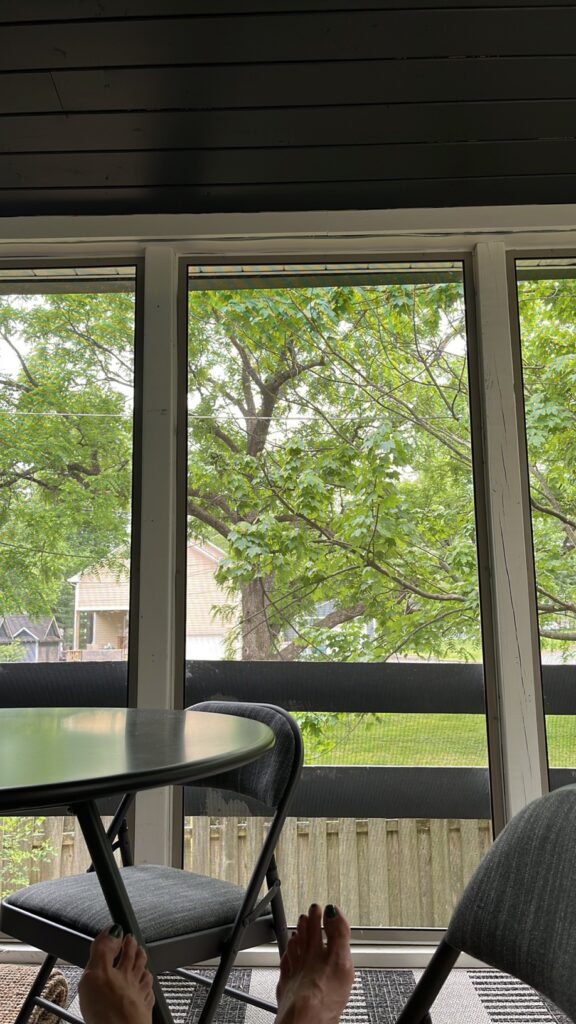
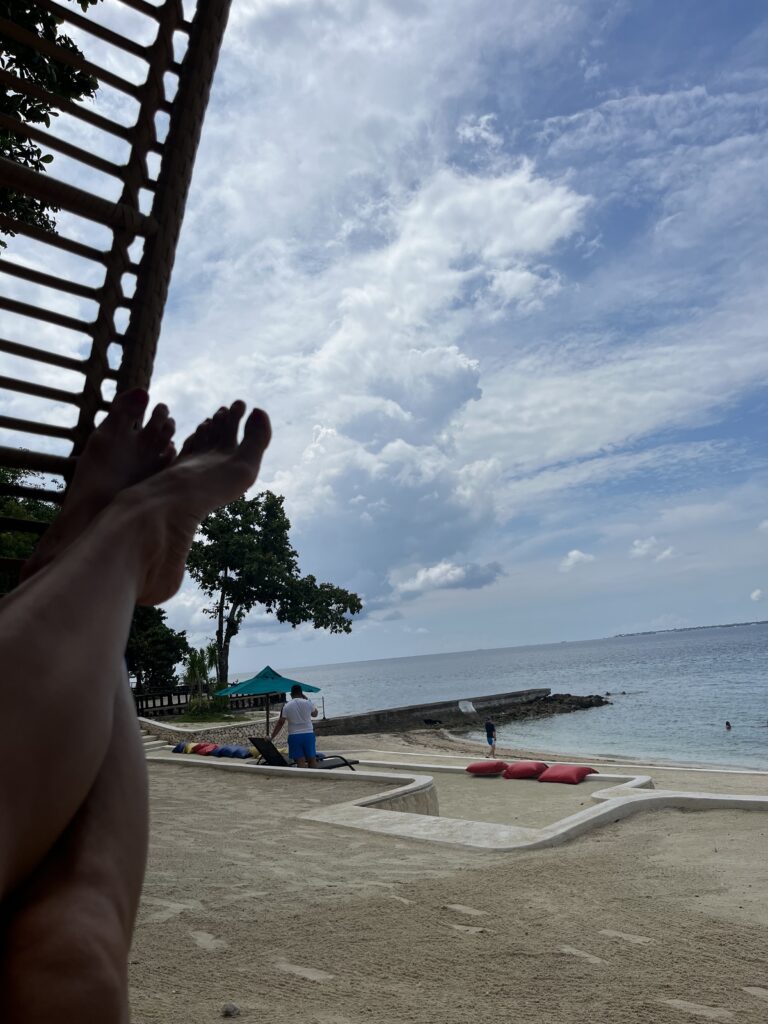
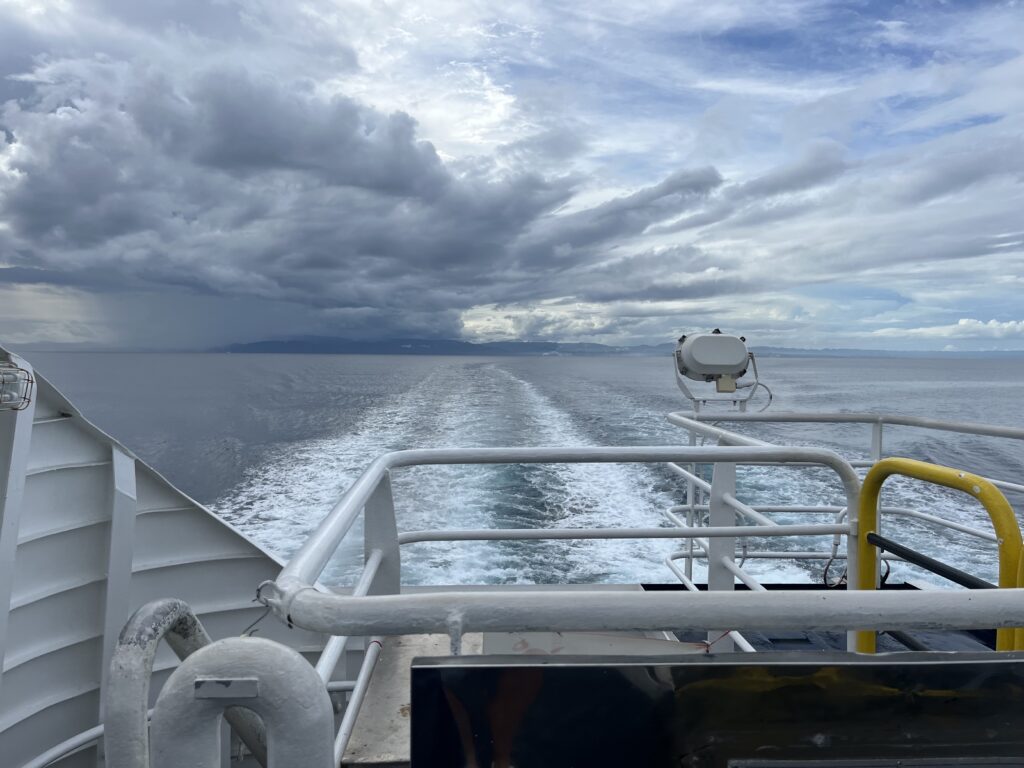


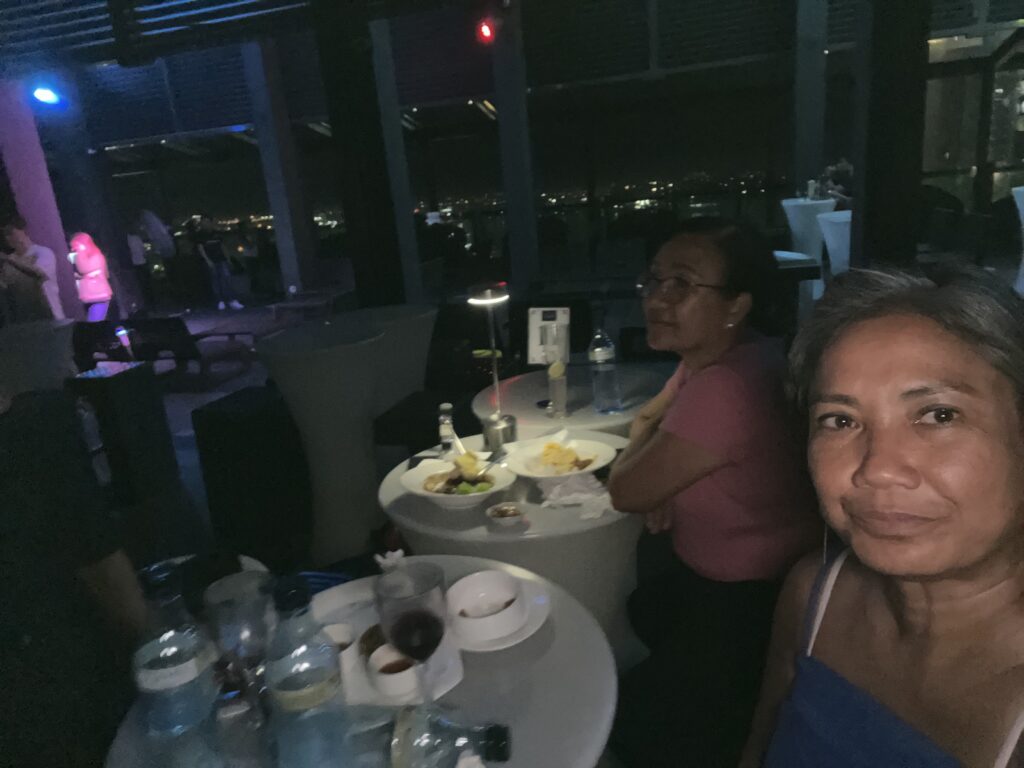

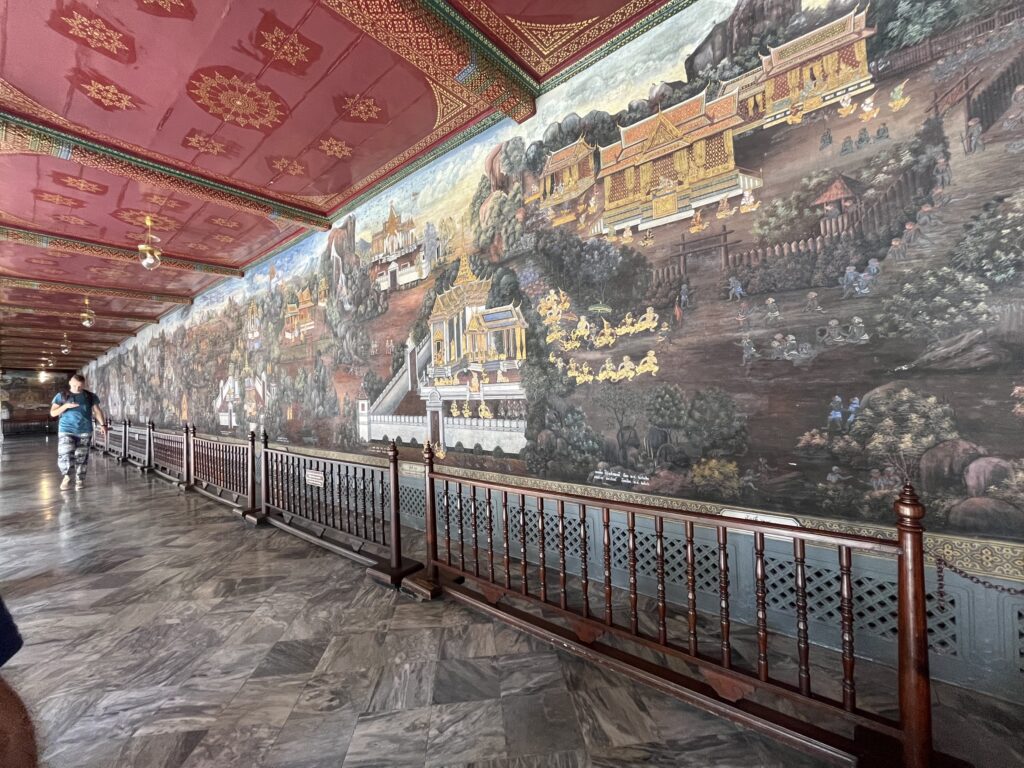





Day 1
I woke up on June 5, 2023, as if it was just another Monday. Rolling out of bed, I went through my morning routine. I planted my feet on the floor, came up with a few thoughts of gratitude before I put on my robe and zombie-ed my way to the kitchen to make a cup of coffee.
Like any other workday, the hum of the Delonghi espresso machine is the soundtrack to my early morning thoughts. What tasks do I tackle first? Did I send that email to someone or have they responded to my request for a meeting? Do I have any meetings today? Oh rats! The budget for some such grant was due this week, wasn’t it?
The abrupt silence interrupted my thoughts. The espresso is done. It’s time to make the froth. I gathered my milk and creamer, started the frother, a much louder machine, and returned to my thoughts. It’s a good day to go to the library, I should walk there. The summer programs will start in a week, did I get all items sorted out for all the teaching artists? Did I do that report someone asked for? What should I wear today?
I took a sip of my coffee as thoughts of a busy day swirled in my mind. It wasn’t until my second sip when I realized that this is not just another Monday, but in fact a very special day. The realization that today is the first day of my two-month sabbatical woke me up from my comatose state. No work for two months! I had to pinch myself to believe it.
my tenure at arts for learning
In 2002, I was hired by Anna White, then Executive Director of Young Audiences Indiana (now Arts for Learning Indiana), to design and implement an early childhood program. This grant-funded initiative brought teaching artists to children ages 3-5. It was a limited employment with funding for three years and I was to complete the remaining two years of the program.
Most people would walk away from this offer. I did the opposite. The rest is history. Little did I know that my two-month limited contract was the steppingstone to a long-term employment. After a few years, my responsibilities expanded to include elementary and high school programming, eventually leading to becoming the Senior Director of Programs. In my 22 years with AFL, I have worked with about 20 co-workers and three executive directors.
non-profit work is relentless
What I learned over two decades is that non-profit work is relentless. It demands your full self. Some of us do the work not for the salary but because we believe in the mission. We believe that we are making a difference in the lives of others and ultimately changing our community.
That’s a tall order from an industry not known for high compensation packages. Our small but mighty organization with eight full time staff and a budget of $1.2 million serves about 40,000 children annually through the work of 60 teaching artists.
there’s never a good time to take off
Before I left for my sabbatical, the program team was gearing up for summer programming. Four lead teaching artists would bring their creativity to four Indianapolis public schools over six weeks. At the same time, we are planning for the start of a new school year in August. The pace continues with preparing for another round of grant proposals for next year’s summer programming right after the summer program.
This cycle of grant stewardship and management is perpetual and tiring. The thinking never stops; the series of project planning, implementing, and managing of programs, and grant reporting, overlaps with multiple grants and other programs. There is time to surface for air, yes, but you cannot linger; we are bound by grant cycles, school years, and fiscal years.
how can ‘doing good’ be bad?
The deadlines are always just around the corner. I did not expect for this kind of work to suck the life out of me. How can ‘doing good’ be bad? Shouldn’t this ‘feel-good’ work be the fountain of job satisfaction and joy?
As one might expect, after 22 years, I am tapped out. The three-day holiday weekends, week-long vacations, even the unlimited PTO that AFL generously has available to its staff, was no longer cutting it.
In recent years I return to work after those short breaks somewhat refreshed but unchanged. Being in midlife, it could also be compounded by incessant thoughts of irrelevance, working in a field with younger professionals, more vibrant and fuller of zest. Suddenly, I found myself contemplating a change of career (a barista perhaps) or taking early retirement (to my husband’s chagrin).
the sabbatical lifeline
What stopped this downward spiral is when I was offered a sabbatical.
Sabbaticals are rare in the nonprofit field, especially in Indianapolis. A sabbatical can span from four weeks to eight, and in the case of university professors, year-long. It can take many forms, and there is an abundance of online resources to inform how and what one might do during a sabbatical.
What makes it so valuable in my case is that it is paid, removing the financial stress that comes with an extended leave. For Arts for Learning Indiana, this is historic. Never in its 60-year history has a sabbatical been considered until now, with me as the first recipient.
unwinding
I felt emotional and mental confusion during the first week. I understood that I was not working but my body and mind automatically went to work-mode. It was difficult to sleep in or stay up late at night. My days were still full doing house chores, often multi-tasking. I even scheduled chunks of my time with tasks such as load the washer before giving the dog a bath (3 p.m.), cook dinner (4:30 p.m.), set the table (5:15 p.m.), do dishes (6:30 p.m.), fold laundry (8 p.m.), even read (9 p.m.), and journal (10:30 p.m.). I was checking these off just like I do my tasks at work. It was a weirdly productive week.
The second week, I felt more relaxed. I stopped scheduling my time and coincidentally stopped taking showers at 7 a.m. Instead, I lounged in my pajamas on most days. This, I think, helped me to slow down. It allowed for the days to unfold unplanned. It gave me permission to be lazy and to not take each day so seriously.
I’d take the dog for slow walks and long distances, meandering through side streets and stopping to look at plants closely or simply to stare at them.
talking to the walnut tree
It was during this time, I started talking to the walnut tree in our backyard. Was I bored? Maybe. Did I feel differently? Most definitely!
By week three, my transition was complete. I mastered the act of being nowhere and doing nothing. Most notably, I stopped thinking about work. I was free of the nagging feeling that I may have missed delegating important tasks, the fear that I may have made a mistake – maybe a big one on a program budget.
I was finally free of the guilt of leaving my team to fend for themselves during the busiest time. These concerns mattered less and less as the days went on. As a matter of fact, I was overcome with relief that I do not have to assume a role, engage in a discussion nor make decisions. Excel spreadsheets no more; I was free from cells, formulas, and those gridlines.
the return
But all good things must come to an end. Fast forward to the final week of my eight-week sabbatical. I was overcome with a much different feeling: overwhelming dread. All day long I wrestled with negative emotions about going back to work – not Arts for Learning, but working. Toiling each day, solving problems – and making problems, too, pushing paperwork, building relationships…every aspect of work was arduous. Anticipating going back to it was torture.
I was in grief. Grieving the loss of my free time where I had the freedom to follow every whim and bask in unscheduled days. My time off is now a memory.
And I do have lots of memories. I visited three countries – my native Philippines, Thailand, and South Korea. I slept under a coconut tree in the blazing Pacific sun – without sunscreen. Took a 2-hr. ride through death-defying steep roads to sample locally grown coffee. Danced the night away to 80’s disco music at my 40th high school reunion. Rekindled stories from childhood with my elementary classmates. Had way too much rum at a rooftop bar with best friends from my early professional life.
I also experienced a coconut scrub and banana leaves body wrap at an organic spa. Took a ferry boat at 5 a.m. to watch the sunrise – and again at sunset. Spent a night at a mountain resort reminiscent of American theme parks. Rode a long-tail boat on the canals of the Chao Praya river in Bangkok. Went on a dinner cruise and experienced the Wat Arun at night when it is most magnificent. Took selfies in front of the reclining buddha – among hundreds of others.
I savored Thai street food with a local guide. Met locals named Farmhouse, (sewing) Kit, and (frying) Pan; my name is Jewel or Gem when translated into Thai. Lastly, I tasted Korean fried chicken and local beer on Hongdae Street in Seoul. And shopped for cute things which Korea is known for – not for me, but as gifts for the grandchildren. And I even enjoyed being served by robots.
All that done. Just like a check list.
lessons learned
The two months of my sabbatical did not transform me the way I thought. I expected a renewed vigor for work, a shift in perspective about midlife, a deeper sense of purpose in my professional life.
But none of that happened. Instead, I simply feel lighter. And I don’t mean physical weight because I did eat my way through Asia, but emotional weight. I feel lighter about my career path.
There have been many moments when I had pangs of regret and unsettling thoughts about staying in the non-profit sector instead of pursuing a career in advertising. The monkey in my head labeled it as settling and that thought gnawed at me.
I also feel lighter about the number of years I’ve been at Arts for Learning. Compared to other people’s resumes that boast diverse work experiences, mine is short. The ‘seven-year itch’ had passed me by, three times over. The weight of the cumulative psychological stress of the past 22 years, self-imposed and otherwise – add to that a pandemic, deaths in the family, and other life stressors – is no longer burdensome. They are simply markers of time.
Time. This is the ultimate gift of a sabbatical. And perhaps not so much what one does, but more on who one becomes. Becoming these roles did not happen by settling but instead, by choice.
lessons
Similarly, with my career path, it was a choice to stay – and stay awhile. And with that choice, I voided all other opportunities, making them a moot point.
The eight weeks were just enough time to wander to the other side of the world and get deliriously happy in my hometown surrounded by my family and long-time friends. The memories I shared with them, and the depth of connections are a significant deposit in my bank of emotional well-being. Making a trip to the Tuscan hillside, taking an intensive class in glassblowing, and even a long stretch of lazy beach days with a good book are almost too selfish of an experience.
Coming back to this time zone was a challenge, but there was enough time, too, to recover from jetlag by napping all day and eating at night. Those late nights were perfect for mourning the end of it all: willful rest and complete detachment.
In the end, it was just enough time to separate from my American life and then, miss it.